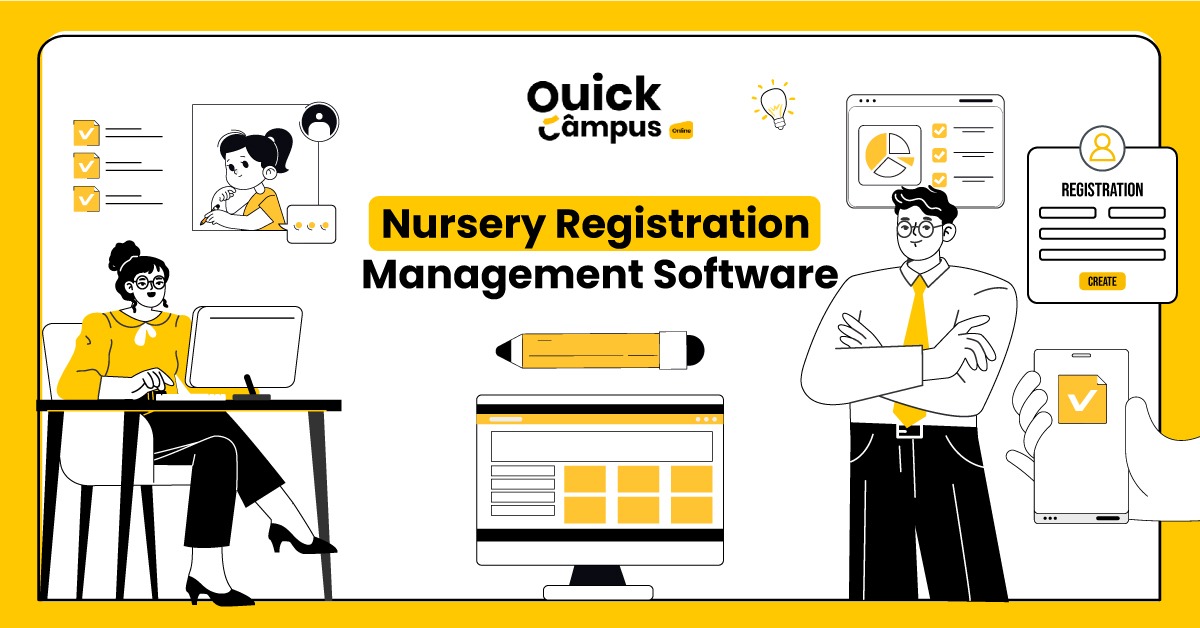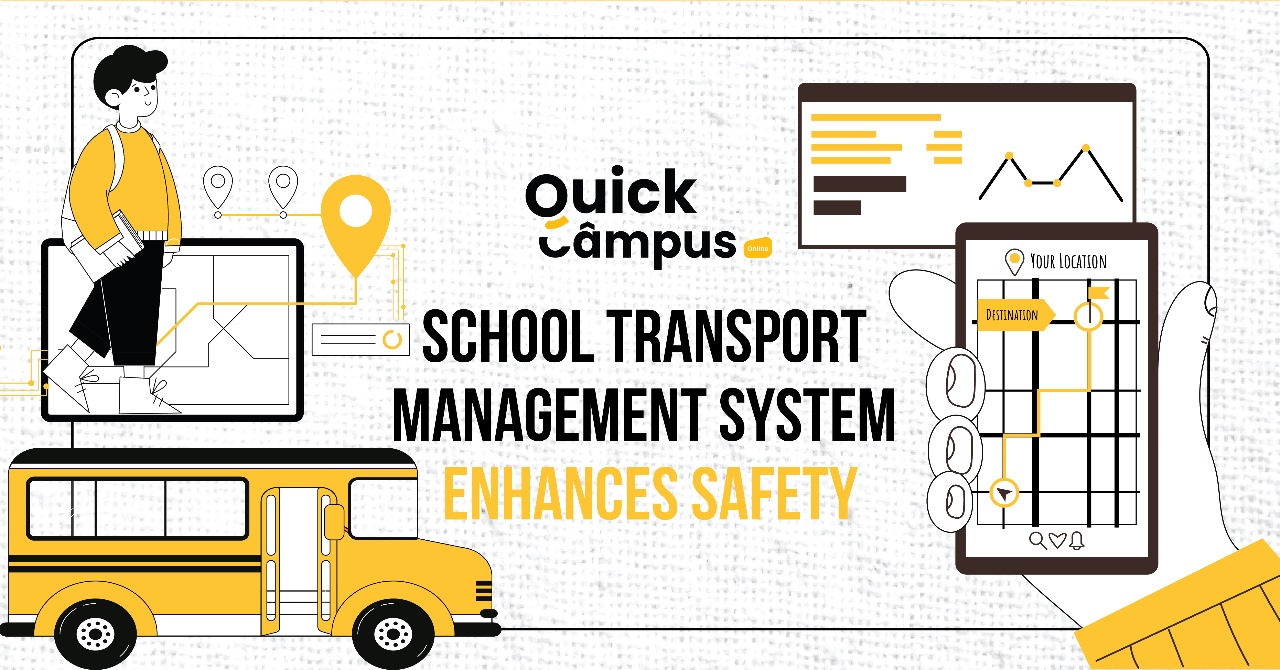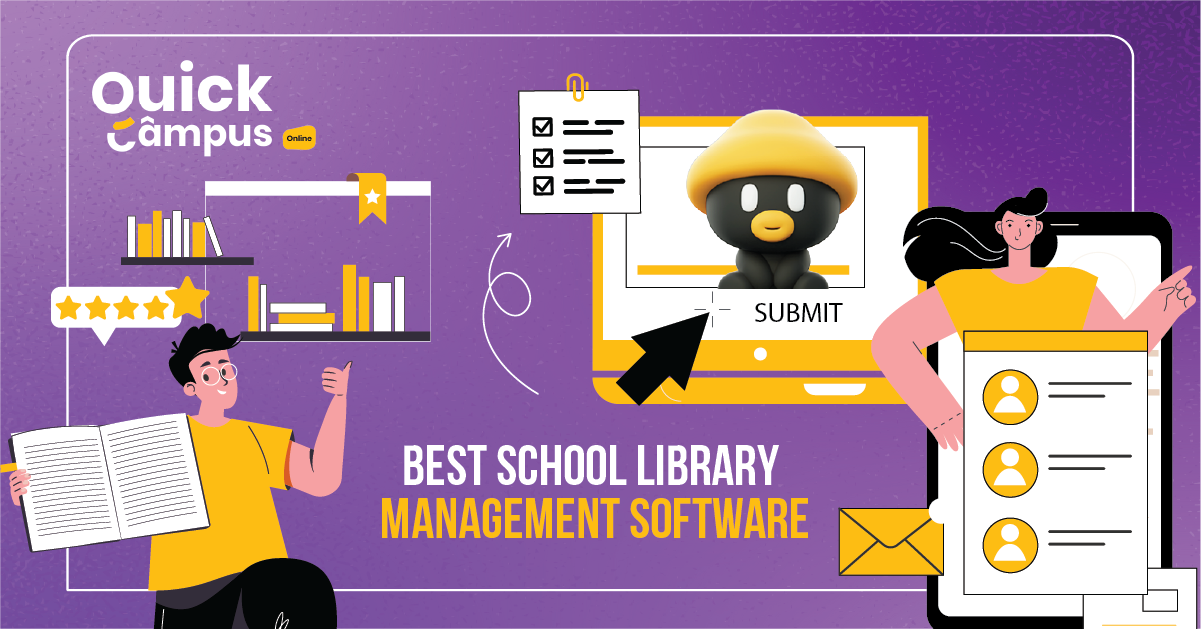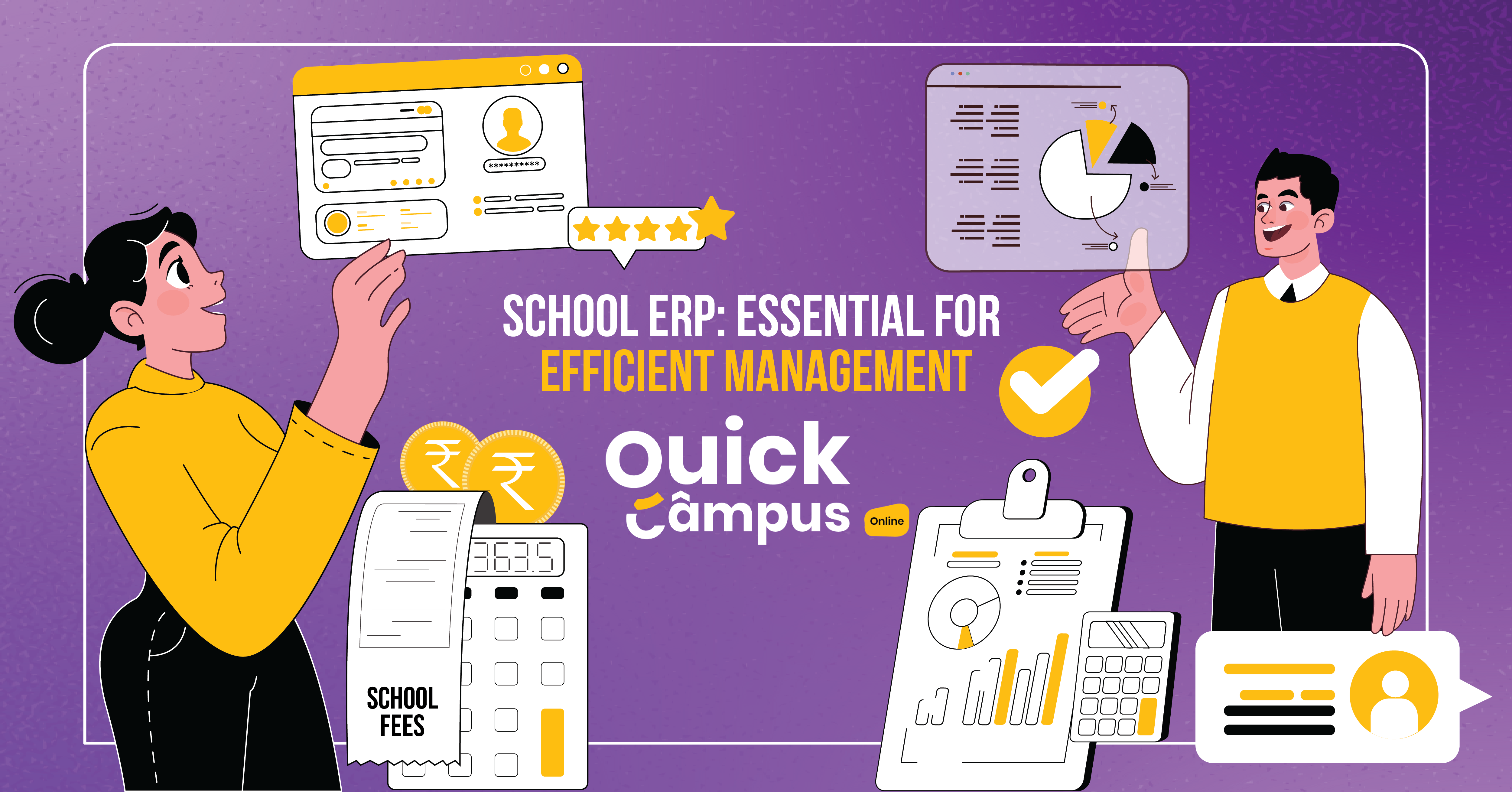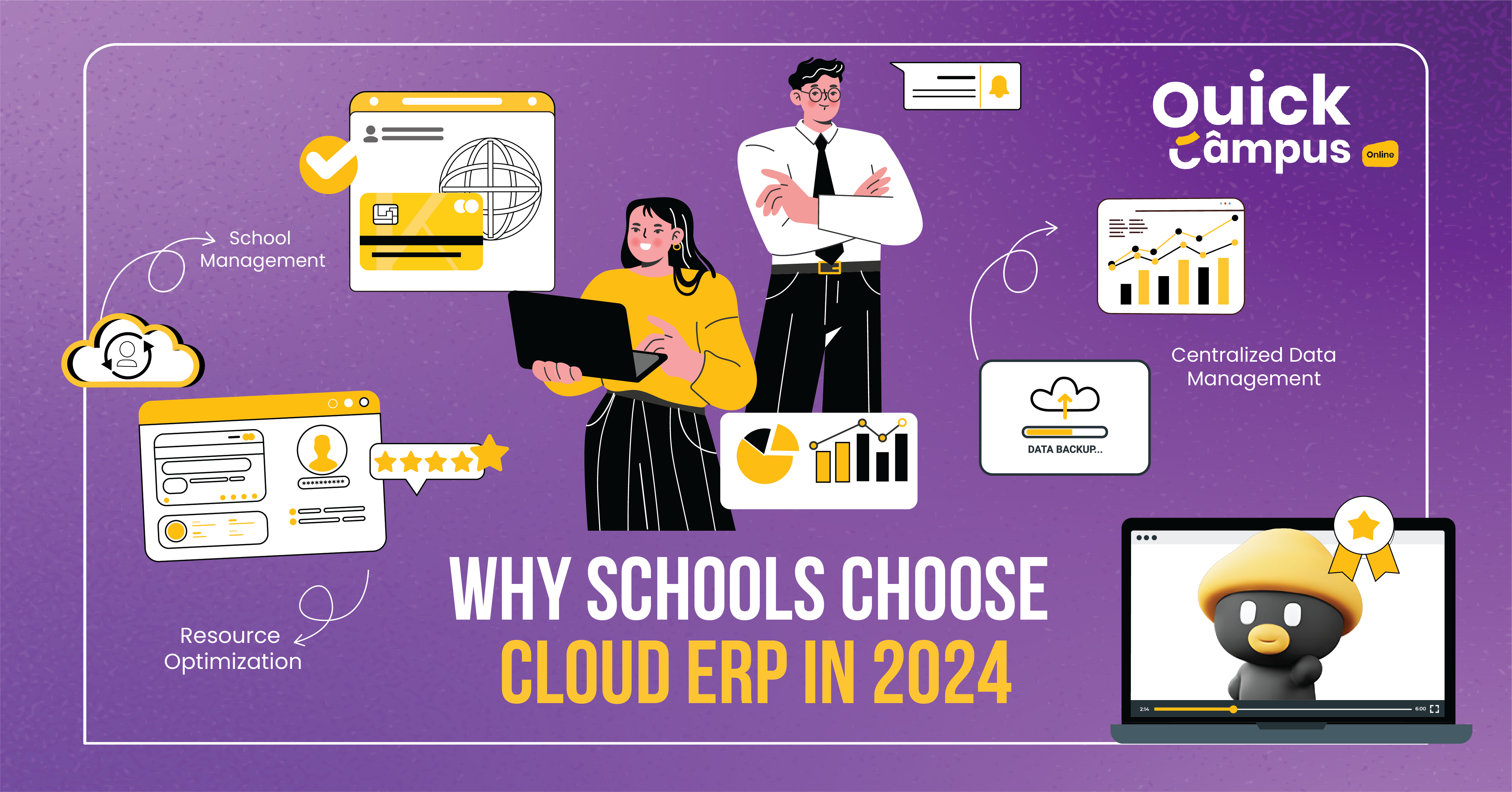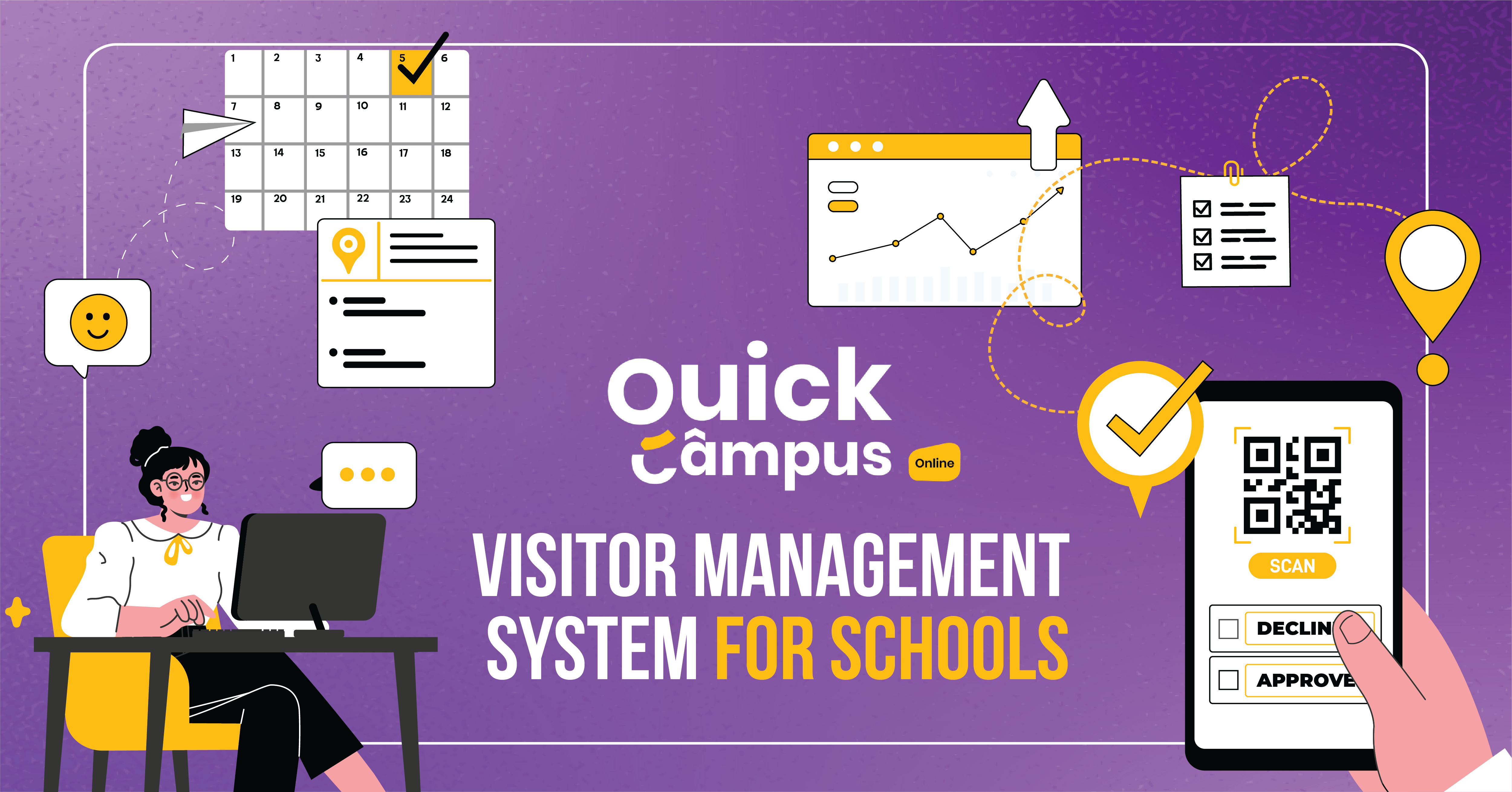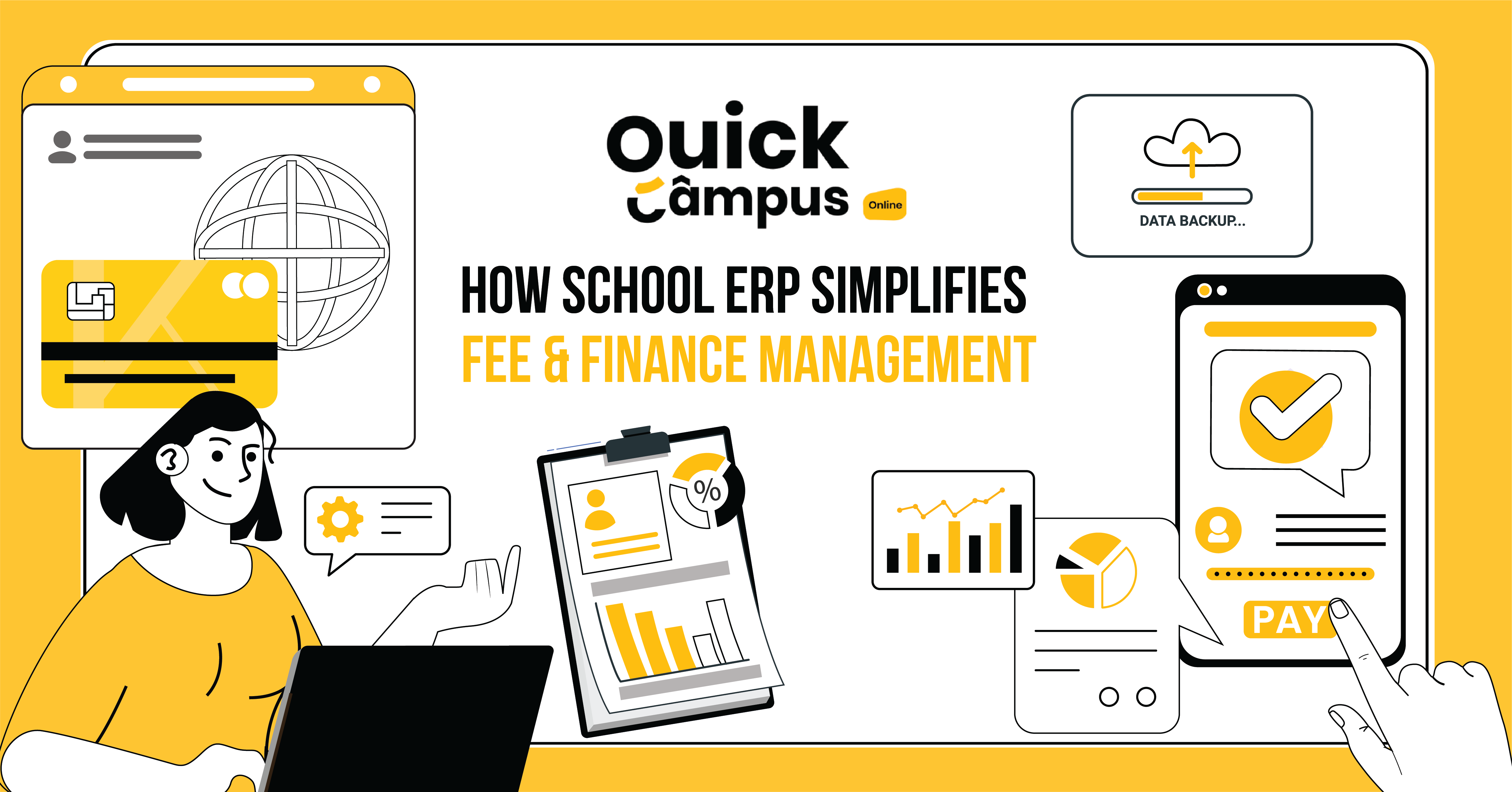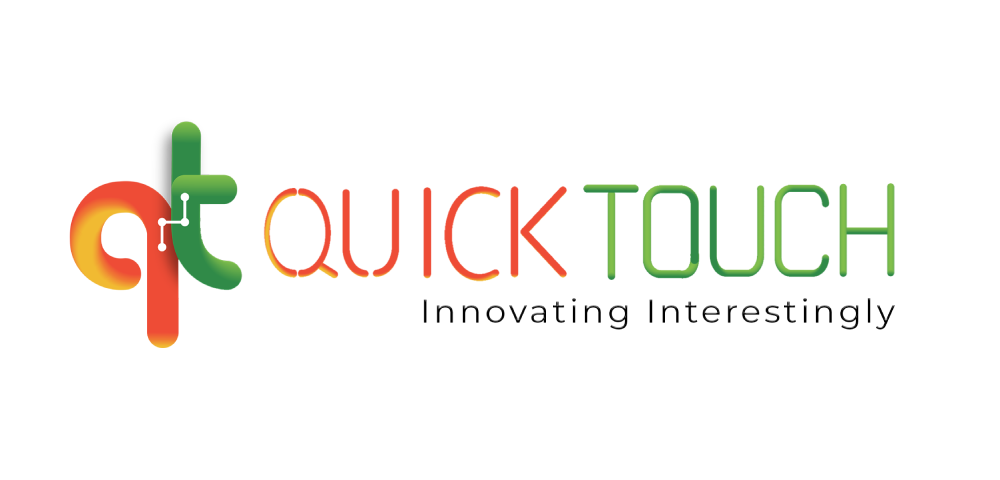Teaching Strategies For Inclusive Education For Catering To Diverse Student Needs
Did you know that students spend 799 hours in school every year? As a result, educational establishments need to provide a welcoming atmosphere that meets students’ demands. Students face various difficulties, and educators and educational institutions must provide a secure, welcoming atmosphere that fosters learning and growth. By implementing learning management software and adopting a proactive approach, you can ensure that every kid feels appreciated, respected, and empowered to realize their full potential.
Let’s examine some strategies for inclusive education and factors to take into account while establishing a secure atmosphere for students.
What Is Inclusive Education And Why Is It Important?
An inclusive classroom meets each student’s individual requirements to foster participation and a sense of belonging.
Inclusion extends beyond learning accommodations, in contrast to conventional educational approaches. It encourages a diverse, inclusive, non-segregated classroom where the emphasis is on supporting each kid in their own way.
Inclusive classrooms and teaching methods integrate students with their peers learning, preparing them for their future lives in an inclusive society where everyone is respected. To prevent disabilities from interfering with learning, teachers work hard to provide each student equal attention through adaptation tools like modifications and accommodations.
Top Inclusive Teaching Strategies Through Learning Management Software
Different ways to create a positive learning environment for students. New Teaching strategies for teachers in inclusive classrooms are the future of education. Teachers around the globe are trained to connect with students on an individual level. Here are some strategies to align teaching methods with inclusive learning:
1. Prep Pupils For Transition
A fun timetable is essential for inclusive classroom strategies You can switch tasks over the week to keep it enjoyable and interesting. Letting your students know the structure of every day encourages familiarity and comfort, whereas not knowing what comes next could make them restless. You may use the LMS calendar to create visual timetables and forecast transitions.
2. Create Engaging Activities
Strategies for inclusive education involve breaking down concepts into manageable information and offering straightforward examples. Many teachers rely solely on one teaching method: direct discussion. However, this linear approach may not effectively engage all students in the classroom.
Instead, consider introducing an interactive LMS for problem-solving exercises, projects, and role-playing scenarios. This approach provides diverse options for student participation, as not everyone may feel comfortable taking the spotlight.
3. Tools To Improve Student Memory
A few students are fast, and a few are slow learners. If you want to use inclusive learning strategies, you need to offer the right resources to both. Give slow learners more time to catch up, while faster learners can be challenged to apply that skill elsewhere.
Here, teachers can use the LMS to create customized learning pathways that let self-learning students advance at their own speed. This approach emphasizes revision, repetition, and generalization. To expand the scope of the application, modify settings and materials as needed for specific skills.
4. Mindful Peer Interaction
Group activities may seem tricky, but you can make them fun with sensitized resources and communication. Collaboration and social interaction are vital for overall development, so they are a vital teaching strategy for an inclusive classroom. Tailor the study materials to each student’s abilities and strengths.
Various LMS activities, such as group projects and forums, help students understand the various ways of communicating with each other. This prepares young minds to be considerate of the special needs of those around them. Teachers should incorporate discreet support to avoid making students feel embarrassed or self-conscious.
5. Inclusive Parent-Teacher Team
Let the parents in on inclusive classroom strategies. They know their children best, and their insights into what may work can be game-changing. Implement an LMS system for updating them and incorporating their input. These include accessible educational resources and direct messaging features to enhance parent-teacher collaboration.
This approach allows for individualized assessment of each student’s development and goal integration rather than generalizing a group of unique minds. It also enables you to identify any ineffective teaching methods and replace them with more suitable alternatives.
Where To Look?
Teachers, school officials, students, and the larger community must cooperate with learning management software to create a safe and inclusive learning environment for students. By implementing differentiated instruction and Universal Design for Learning strategies, they can cater to varied learning needs.
Quick Campus is the right choice for those interested in accessing inclusive education strategies. We are on a mission to make high-quality and contemporary education available to all. With dynamic teaching approaches and learning methods, our goal is to ensure no student is left out. Contact our team today to make those aspirations a living reality.
What Are Some Common Barriers To Creating An Inclusive Learning Environment, And How Can They Be Addressed?
Common barriers include language barriers, cultural differences, accessibility issues, and varying learning styles. Address these through multiple instruction modes, language support, ensuring accessibility, and promoting cultural awareness.
How Can Learning Management Software (LMS) Support Differentiated Instruction?
LMSs allow teachers to create and assign different materials, assessments, and activities based on individual needs. Teachers can also group students by learning styles, abilities, or levels and deliver personalized content and assessments.
What Are Some Pest Practices For Creating Accessible Learning Materials Using An LMS?
Best practices include providing alternative text, closed captions, compatibility with assistive technologies, multiple formats (text, audio, video), following accessibility guidelines, and conducting accessibility testing.

